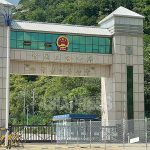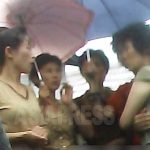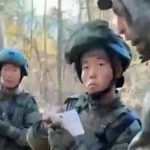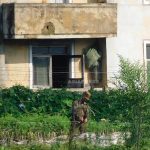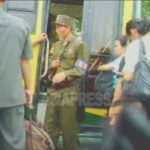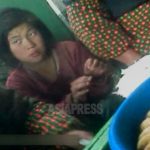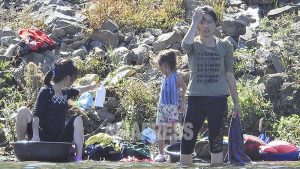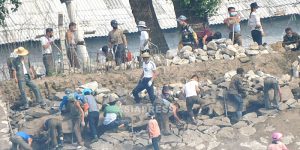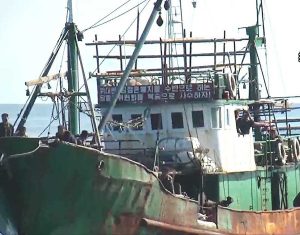◆Actual Distribution Results...
In October 2024, Partner B reported on the distribution situation during the first harvest season under the new distribution policy:
"They say farm workers who fail to meet production targets are excluded from distribution. Distribution is also divided into first and second half of the year, with the first half paid with autumn crops and the second half substituted with double-cropping products like wheat and barley."
Farm worker Partner A also reported in February 2025 about last year's distribution situation:
"Currently, state quotas are so high that it's difficult to get distributions. Last year's distribution was only 70% of what was promised. They distributed only through April and planned to supply the rest monthly during the farming season."
The partners' reports about divided distribution could be seen as a measure for households facing food shortages during the spring famine period.
The barley hump—the spring famine period when last year's food runs out and new crops aren't yet available—is a headache for North Korean rural areas. Every year during this time, households with depleted food and funds emerge, causing disruptions to the farm's labor operations.
Despite the implementation of the new distribution policy, it appears that the chronic problem of farm workers not receiving sufficient distribution continues in North Korean rural areas.
In the next report, we will cover what farm workers did to make up for food shortages and what threats the new agricultural policy reforms pose to farm workers' way of life.
※ ASIAPRESS communicates with its reporting partners through Chinese cell phones smuggled into North Korea.
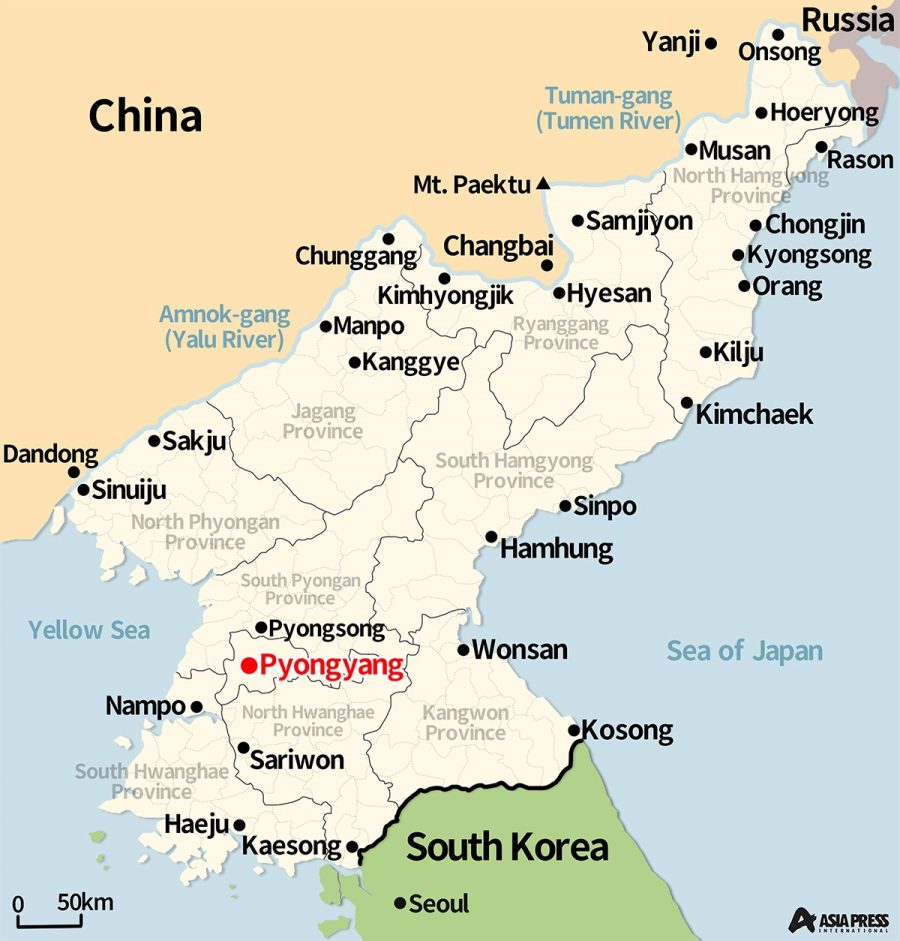
<North Korea Special>What is the Reality of Kim Jong-un's Agricultural Policy Reform? (5) Distribution Method Changed... "Quotas are High and Distribution is Low" "Losing Heart" - Farm Workers' Complaints
